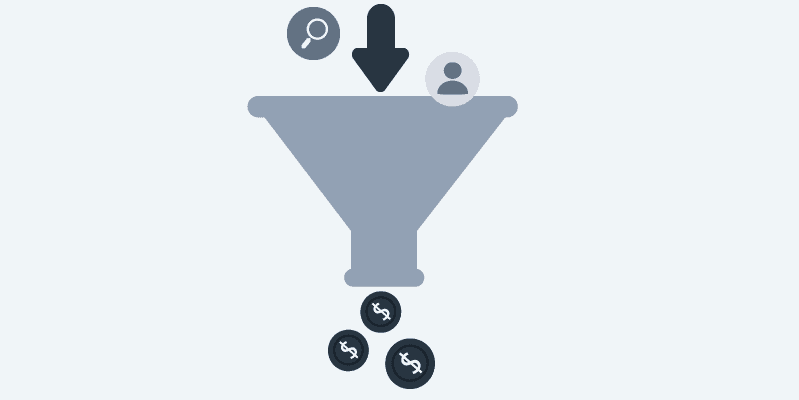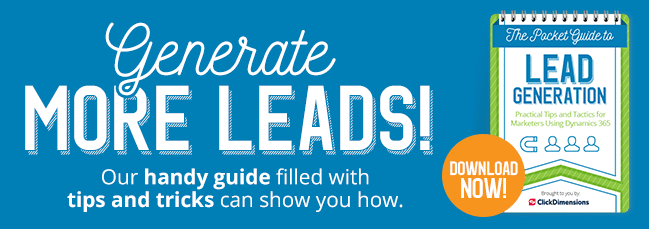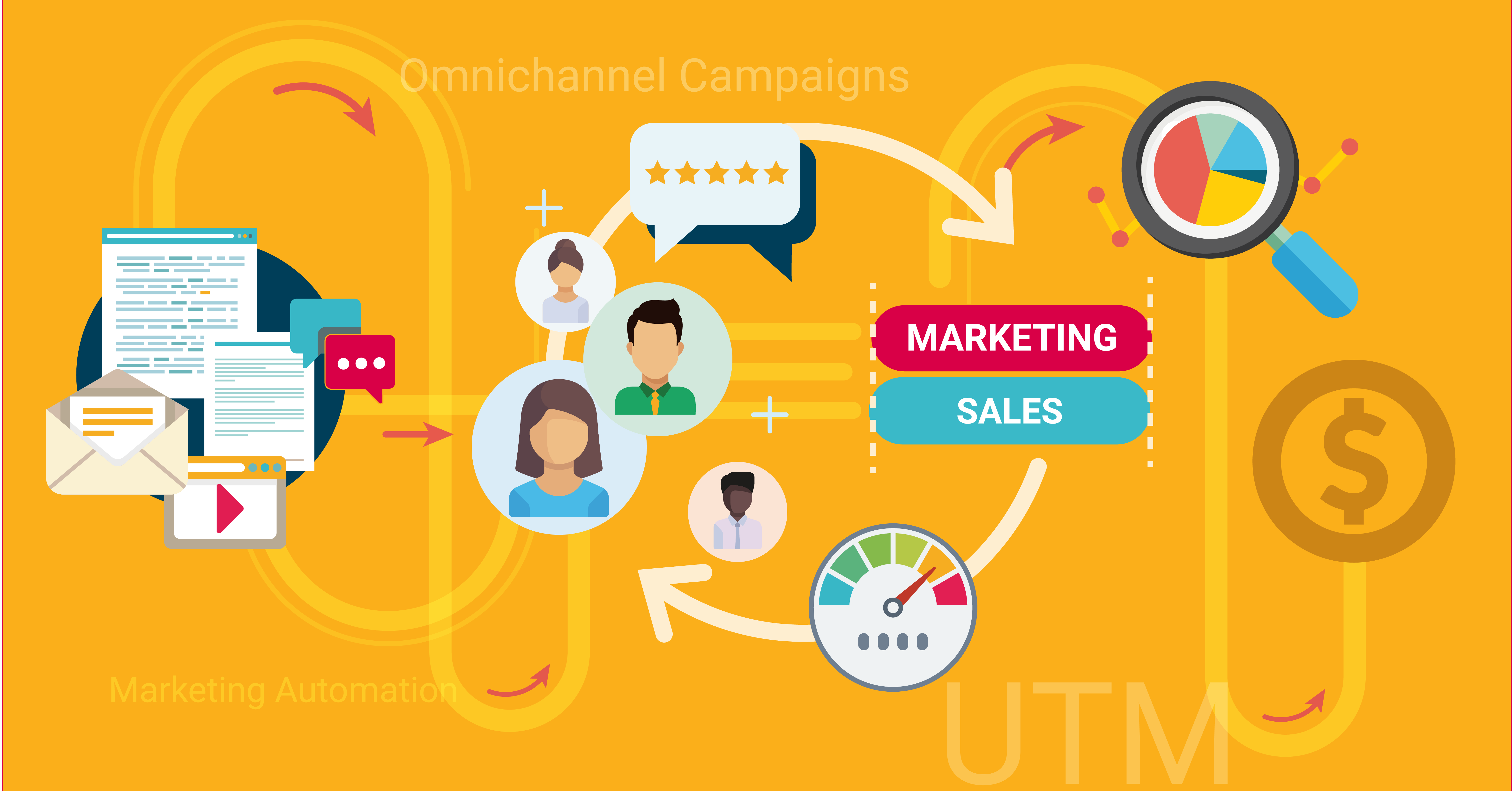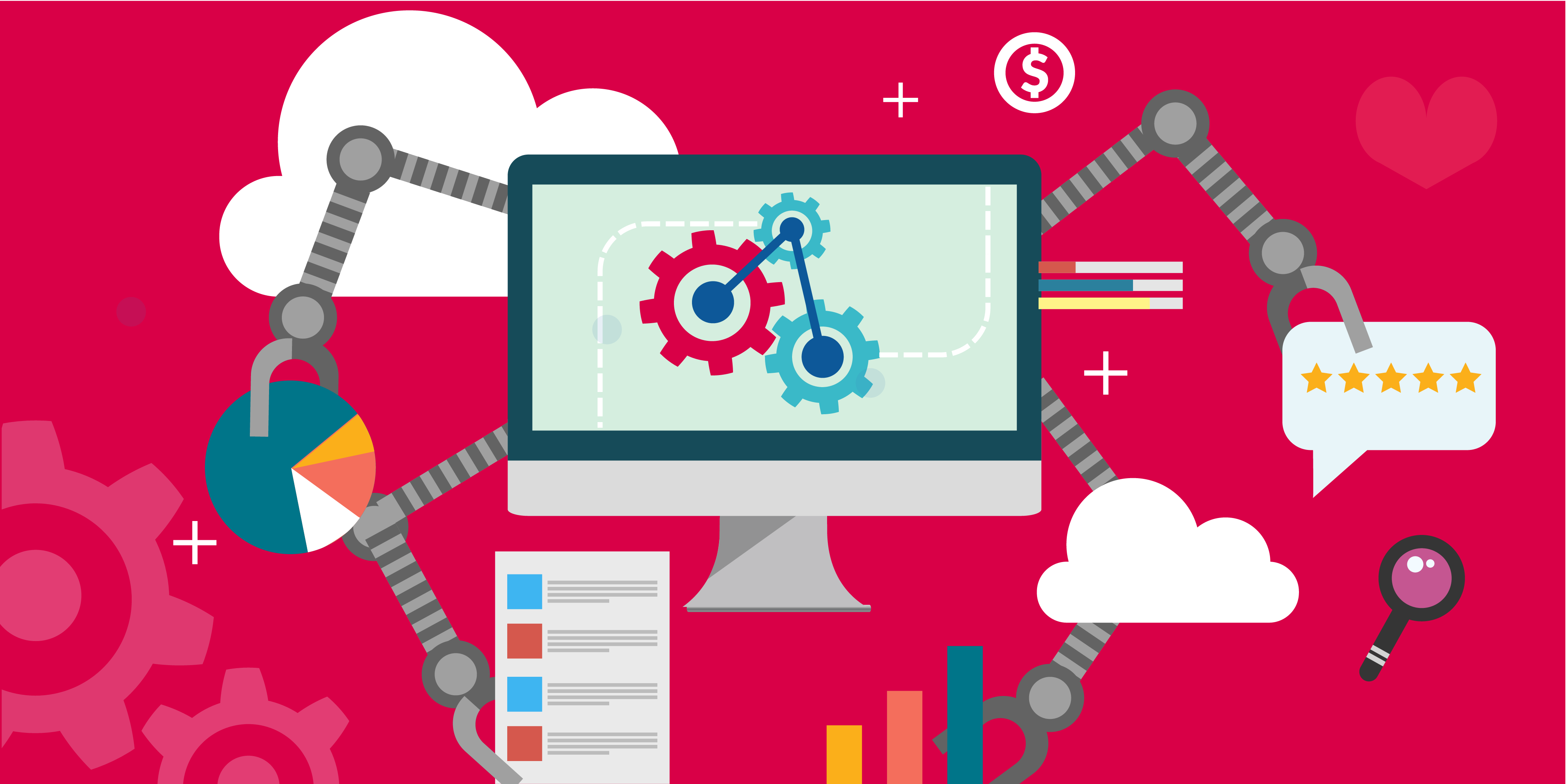As companies assess their sales tactics and results over the last 18 months, one thing is clear – buyers now demand a digital-first experience. If organizations cannot cater to their buyers’ digital demands, they will struggle to fill their pipeline and end up with lackluster sales.
To make up for a lack of demand during the pandemic, sales teams can fall into the trap of accepting deals into the pipeline that haven’t been finalized with a real commitment. To achieve revenue recovery, businesses must clean up their pipeline and clarify what is considered a qualified opportunity.
To help you out, here’s our advice on how to clean up your pipeline and successfully identify and attract more qualified opportunities.
Correctly Qualifying Leads
The process of facilitating a purchase decision can be lengthier and more challenging now than pre-COVID. To ensure this process runs efficiently, businesses need to define the differences between leads. Look out for these three levels of qualification:
Organization-level. This includes the very early stages of lead qualification. It’s important to confirm that the lead matches up with your buyer persona including interests, industry and company size.
Opportunity-level. To reach opportunity-level, the prospect must be a good fit for your company’s products or services and their needs and pain points must match your offerings.
Stakeholder-level. To make it to stakeholder-level, your prospect must fit your customer persona, realize the value in your product and have the ability to make the purchasing decision. If they are not capable of making the final purchase, you need to identify and connect with the correct stakeholder who can.
Cleaning Your Pipeline
To make room for new qualified opportunities, it is essential to regularly clean out your pipeline. This should occur roughly every month, depending on the length of your sales cycle. Follow these steps to set up your pipeline for future sales success:
- Pinpoint prospects who have been in your pipeline for an extended period of time. If a prospect is in your pipeline for a longer amount of time than your sales cycle, it may be time to remove them. Use your best judgement to discern if a prospect may potentially need more nurturing.
- Ensure your sales data is accurate. Keep an eye on your close dates and opportunity dollar values. If this data is not up to date, it is easy for your pipeline to become disorganized and inaccurate. Make sure you confirm potential close dates with your prospects and add in buffer time, if necessary. Additionally, implement a process to verify your opportunity dollar values – if this is skewed, you won’t be able to effectively judge how far you are from your overall goals.
- Continue to watch and review your pipeline. Your sales pipeline is not a “set it and forget it” operation. You need to stay vigilant in evaluating prospects who aren’t responding or opportunities that may have gotten trapped in one stage of your pipeline. Don’t get caught in the limbo of keeping inactive deals in your pipeline in hopes they may close one day. It’s far more beneficial to remove these distraction prospects – your sales forecast will be more precise, and your team will be able to reallocate their efforts.
Refilling Your Pipeline
Now that you’ve learned how to effectively qualify leads and cleaned up your pipeline, how do you refill your pipeline with higher-quality opportunities? Here are three ideas:
- Ask for referrals. Who has the potential to be your greatest advocates? Your current customers. If a customer expresses their satisfaction, use this opportunity to reach out and ask for a referral. Be sure to make your ask as specific as possible. Instead of a generic, “Do you know anyone who may need our services?” try, “Do you know any automotive businesses with less than 100 employees?”
- Utilize market trends. As you continue to close deals, product and market patterns will emerge. Watch these patterns and capitalize on them. Specifically, what do all of your successful deals have in common? Is a prospect more likely to purchase your product or service if they already have a series of similar products? Or maybe those who buy are all in a certain stage of growth. Use this information to your advantage.
- Hone in on your top stakeholders. Similar to market trends, it’s important to monitor and adjust your customer personas as needed. What type of stakeholder is most likely to make a final purchasing decision? Is it someone in the C-suite or perhaps someone on a HR team? Once you have gathered these insights on stakeholders, make sure you ask for the necessary introductions early in your sales cycle.
Happy Selling!









